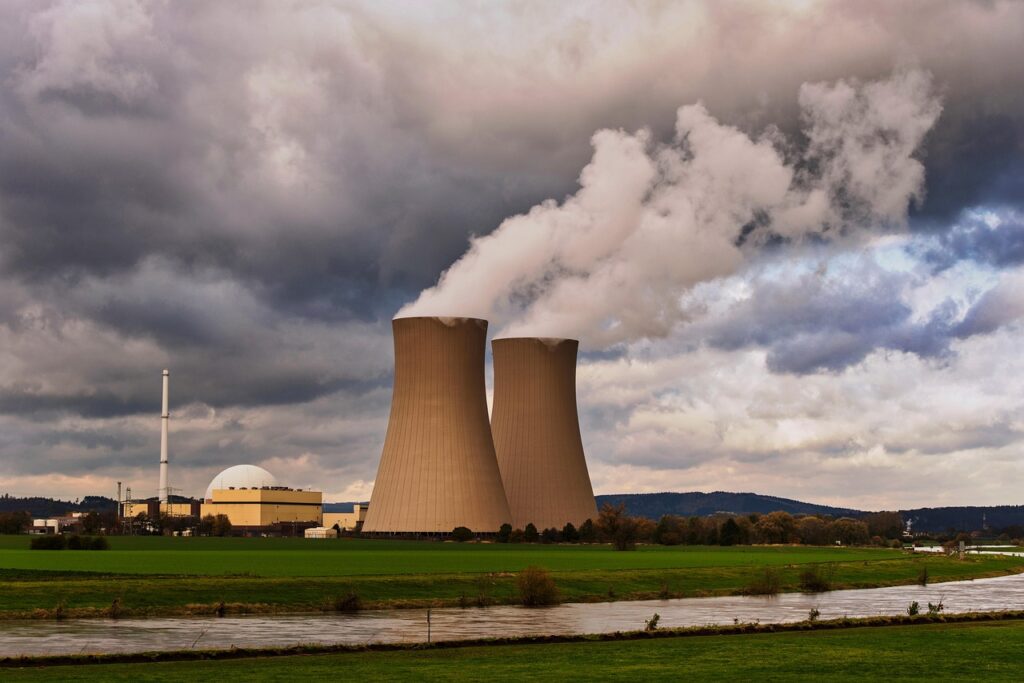The global nuclear energy industry continues to grow strongly, according to Uranium Energy.
The nuclear industry is undergoing a generational transformation. More and more governments, utilities, and private companies are investing in new technologies. With these investments, they seek to expand clean generation, reduce emissions, and strengthen global energy resilience.
Global nuclear energy industry
Nuclear energy is produced when atomic nuclei are split, releasing enormous heat. That heat then generates steam, which drives turbines to produce electricity. It is a powerful, efficient, and nearly emission-free process, capable of transforming small atoms into colossal energy.
In terms of demand, the global nuclear energy industry continues to grow strongly, with 68 new reactors connected to the grid between 2015 and March 2025, and another 62 reactors under construction.
In 2024, six new reactors were connected to the grid and four were permanently shut down, according to information from the International Atomic Energy Agency’s Power Reactor Information System, released in August 2025.
The World Nuclear Association reports that, as of July 11, 2025, there are 439 nuclear reactors in operation worldwide with a total capacity of 398 GW.
Japan, for its part, is promoting this energy source to reduce its dependence on imported fuels. It also seeks to ensure a stable and sustainable electricity supply. After reviewing its energy policy, the country is promoting the safe restart of its reactors. In doing so, it is moving towards cleaner, more efficient, and lower-emission power generation.
Outlook
The world’s leading nuclear energy producers are EDF (France), Rosatom (Russia), China National Nuclear Corporation (China), Westinghouse Electric Company (United States), and Kansai Electric Power (Japan). These companies set the global pace in generation, technological development, and reactor operation.
In November 2024, during COP29, six more countries joined the commitment to triple nuclear capacity by 2050, bringing the total number of participating nations to 31. This step drives the growth of the industry and strengthens global demand for uranium.
Uranium Energy highlights that more than 150 companies in the nuclear sector, along with 14 of the largest international banks—such as Citibank, Morgan Stanley, and Goldman Sachs—and 15 major energy consumers, including Microsoft, Amazon, and Google, support this goal through their investments and operations.
According to UxC’s second quarter 2025 uranium market summary, cumulative uncommitted demand through 2035 exceeds 926 million pounds of U₃O₈. This reflects sustained growth in global interest in uranium.
Demand from utilities, coupled with interest from banks and government programs, is driving the uranium market. At the same time, the growth of artificial intelligence and data centers is increasing the need for electricity, reinforcing the strategic role of nuclear energy.

